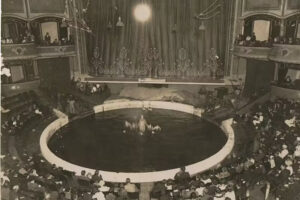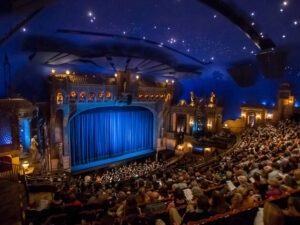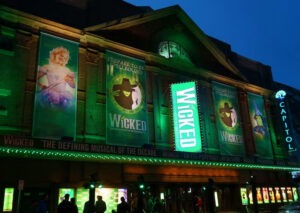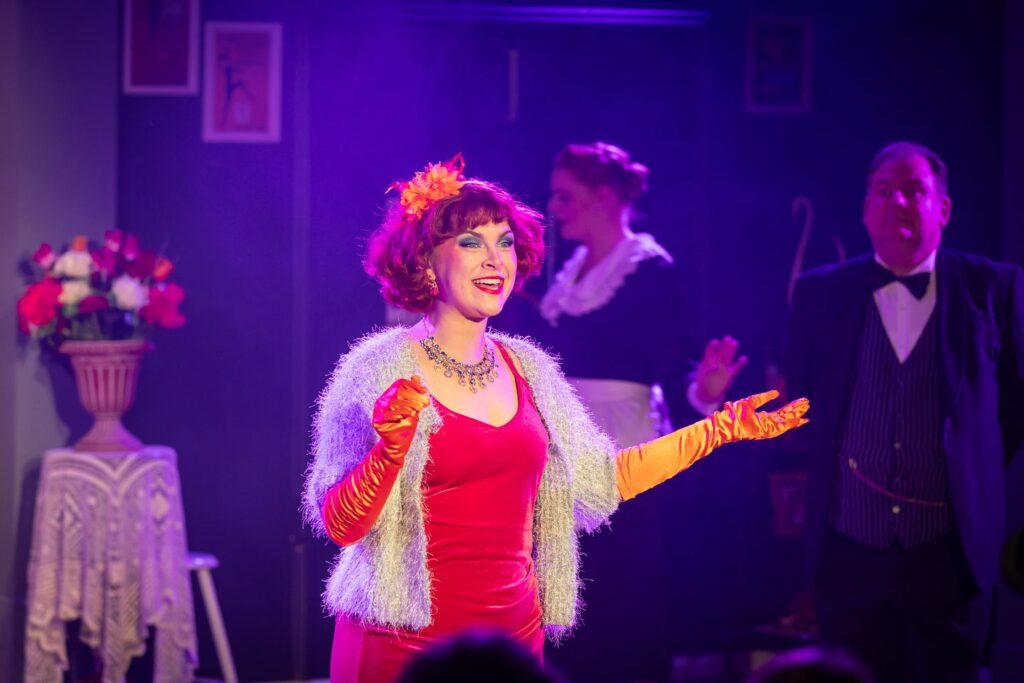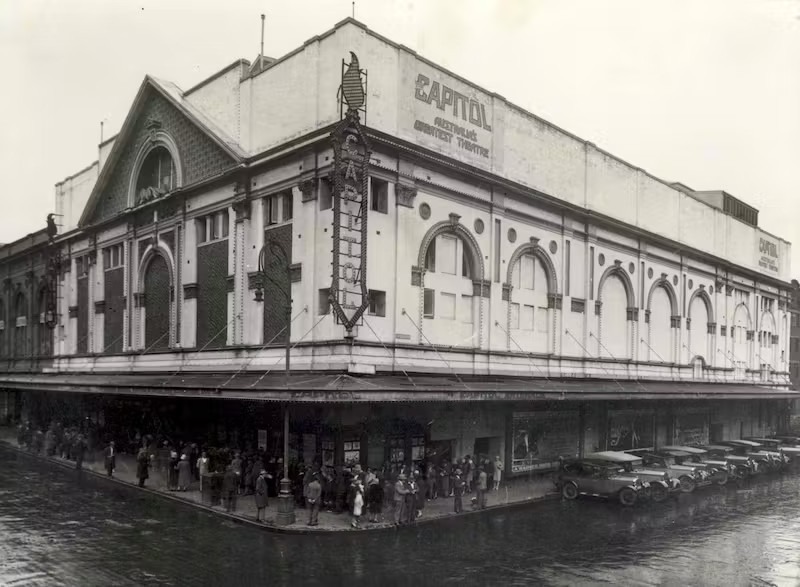
In the Space: Capitol Theatre
The Capitol Theatre, nestled in the bustling Sydney central business district, stands as a testament to the city’s rich cultural history. A heritage-listed gem, this architectural marvel at 3-15 Campbell Street, Haymarket, has been a beacon of entertainment since the 19th century. Designed by the talented duo Henry Eli White and John Eberson, its transformation from a marketplace to a theatrical circus venue, and finally to the grand theatre we know today, encapsulates a fascinating evolution.
History
Originally serving as a marketplace in the early 1800s, the site has continuously adapted to the city’s changing needs. In the 1880s, the area, known as Haymarket, was reimagined to accommodate increasing demand. However, the New Belmore Markets, built in 1893, struggled financially, paving the way for its reincarnation as a circus venue and, eventually, a theatre.
In 1912, Wirth Brothers transformed the site into the Wirth Brothers Hippodrome, featuring circus acts, theatre, and vaudeville shows. Despite initial success, financial struggles led to further changes. In 1928, under the guidance of White and Eberson, the Capitol Theatre emerged, showcasing an atmospheric auditorium akin to Eberson’s Riviera in Omaha. The theatre’s early years were marked by both successes and challenges, reflecting the economic fluctuations of the times.
Modern Era
Today, the Capitol Theatre is part of Foundation Theatres, owned by Stephen Found. Emphasizing the cultural and social significance of performing arts, Foundation Theatres aims to foster growth and innovation in the industry. The Capitol Theatre, with its 2000-seat capacity, has undergone extensive upgrades to become one of Australia’s most sought-after venues for major musicals, opera, and ballet.
Foundation Theatres’ acquisition of the Sydney Lyric and significant investments in both venues underline their commitment to enhancing Sydney’s cultural landscape. The group’s vision extends beyond the city, aspiring to create cutting-edge venues nationwide.
Practicalities
The Capitol Theatre’s design caters to diverse artistic needs. With a total capacity of 2094 seats and flexible orchestra pit configurations, it accommodates a range of performances. The stage and proscenium dimensions, along with state-of-the-art technical facilities, make it an ideal space for grand productions. The theatre’s structural details, from the stage depth to the wing spaces, reflect meticulous planning and adaptability.
The Capitol Theatre’s journey from a humble marketplace to a prestigious cultural venue mirrors Sydney’s evolution. It’s not just a place for entertainment; it’s a symbol of adaptability, resilience, and the enduring power of the arts. The Capitol Theatre continues to be a cornerstone in Australia’s cultural narrative, inviting audiences to partake in its rich, storied history.
For more information about events, or using the space, visit the Capitol Theatre.




